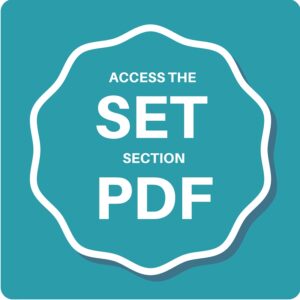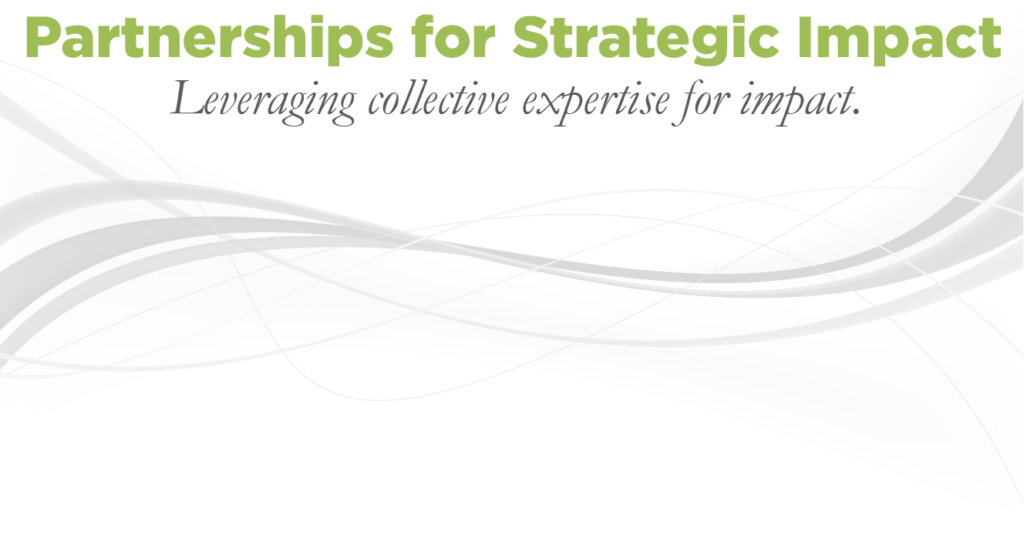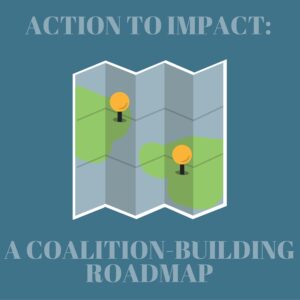 |
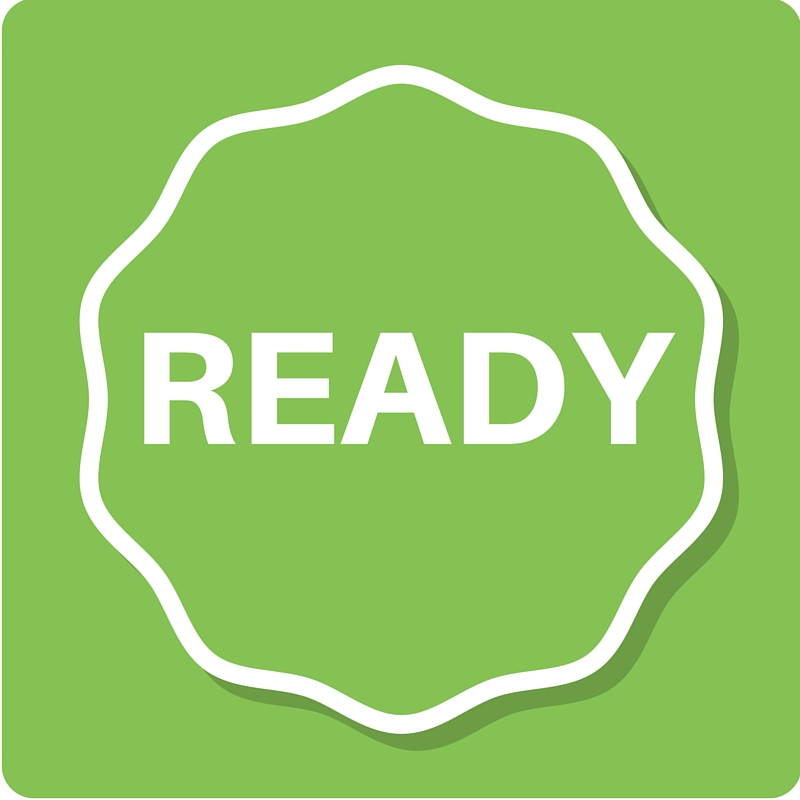 |
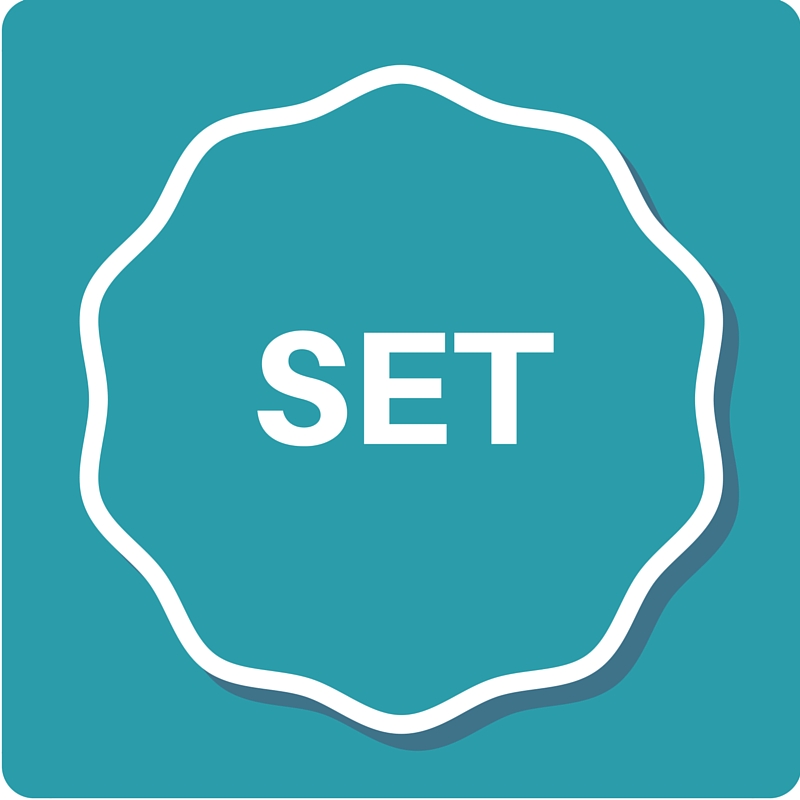 |
 |
 |
Once you are ready to build a coalition, what do you need to do to actually make it happen? There are key building blocks that coalitions need in order to find success. It is important to give due diligence to setting the stage so that your coalition can be effective and efficient.
Several questions addressed in this section include:
- How do you create a shared purpose and common goals?
- What are the essential structures, processes, and people that need to be in place to drive success?
- How do you develop a coalition that can demonstrate its value?
- How do you ensure the trust, accountability, and transparency required for coalition members to work effectively together?
The information in this section describes the essential building blocks coalitions need for success, including: how to frame the work of coalition, understanding what you want to achieve through focus on impact and practical advice on building a strategy, leadership structure and resource development.
Setting a Frame | Planning for Impact | Harnessing Resources
Setting a Frame
Just like individual organizations, agencies working together in coalition must define: a shared purpose, which includes identifying a community-level problem which the coalition seeks to impact, a common vision towards which the coalition is striving, a mission stating how the coalition plans to achieve that vision and specific, measurable, goals that specify how that mission will be achieved.
Agreement on the problem to be addressed, the vision, the mission and the goals inform both the strategic direction of the coalition and how impact will be measured. Together, these elements ultimately create the frame for what the coalition will do and what change will result (e.g. THEORY OF CHANGE or LOGIC MODELS which is discussed in PLANNING FOR IMPACT below). Strategic planning and impact measurement are guided by this frame; what you do (i.e. coalition activities and productivity) fits within this frame. Therefore, this is also where you can begin to develop a STRATEGIC IMPACT MAP®, a visual tool to help guide the overall work of your coalition.
- The coalition is formed to achieve a COMMUNITY-LEVEL IMPACT to reach a VISION for how the world could be better.
- To do this, the coalition implements a MISSION.
- To achieve this mission, the coalition will focus on attaining specific GOALS.
Whether you are a new or an existing coalition, it is important to prioritize establishing a frame. In some cases, coalitions set an initial frame early. However, it is possible to outgrow or lose track of a frame. The environment may also shift to require a revision of the frame.
-
Community-Level Impact
The community-level, truly collective impact you are ultimately trying to achieve, often identified via some type of needs assessment, is the change you are seeking to make through coordinated coalition action. Community-level impact is usually reflected by public health data. These data may be something that the coalition chooses to track over time in a visual dashboard of some kind.
When thinking about making community-level impact, “moving the dial”, or eliminating a problem, it is therefore critical to measure the impact most immediately and directly related to the mission and goals identified for the coalition. Read More
-
Vision
Once you have a clear understanding of the problem everyone is coming together to address, it is important to envision what the world would look like if the problem were solved: the long distance, future reality that is just out of reach. This will become your coalition’s vision statement. The best vision statements are short, to the point, and memorable. If well-written, vision statements can become the slogan or guiding statement for the work of the coalition. Read More
-
Mission
There are several ways to address a problem. Fortunately, most communities have many dedicated organizations tackling community challenges from multiple angles. When a group of organizations comes together in a coalition to collaborate so that the sum of their collective efforts can be larger than its parts, real change can happen. It is essential, however, that the coalition adds value beyond what the partner organizations can do on their own. The mission statement of the coalition should succinctly summarize the way the coalition is tackling the problem. Read More
-
Goals
Goals articulate how the coalition intends to meet its mission. They should include reference to what community-level impact the coalition expects to achieve when the goal is reached. In other words, goals broadly state which activities are expected to lead to which specific outcomes. Goals may be thought of as distinct program areas or strategies used to implement the various parts of the mission to create community-level impact. Read More
Planning for Impact
When the rubber hits the road, it is all about impact. Everything the coalition sets out to do in their strategic plan, every hour spent in meetings, all the resources raised, assembled and created, all the relationships built and nurtured and all the efforts of every coalition partner are aimed at moving toward the specific vision by realizing IMPACT as outlined by the mission and goals.
Once your coalition has set the frame for what you intend to accomplish– you are ready to fill in what you are going to do to accomplish your goals and how you will measure your success at accomplishing those goals. There are several tools that coalitions can use to communicate this, all of which are described in this section of the Roadmap.
All too often, coalitions pull together data – and conceptualize goals – in response to a funding opportunity, when they are asked to show how they will use funding to make a funder-defined impact. In these cases, leadership usually cobbles together existing data that most closely approximates what the funder is looking for. We call this the Sea Shell Collage method of reporting impact: you look around and stick together the data you have into an Annual Report, brochure, news bite, etc.
A more effective and proactive approach is the Mosaic method of communicating impact – which starts with telling the overall story of what the coalition was brought together to accomplish. When the impact story is approached this way, you can use your data to tell the story of your organization and you are able to pull out relevant data to tell mini stories asked for by funders and other stakeholders.
- How to tell a data story: THEORIES OF CHANGE and LOGIC MODELS are often requested by funders and used by organizations and coalitions to conceptualize and articulate how they intend to reach their vision – how they plan to make an impact. STRATEGIC IMPACT MAPS®, a product of Partnerships for Strategic Impact™, weave together both Logic Models and Theories of Change into a single, coherent and powerful graphic. This graphic holistically communicates what an organization does, to what end and why it is important. All three models can be used to quickly describe different aspects of what you do and why. Logic Models and Strategic Impact Maps® should be used to guide data collection.
This section of the Roadmap provides a description of these three tools, as well as links to key resources for learning to build them. In different ways, and to different ends, these tools guide which data to collect to show impact. They are the bedrock of evaluation. Developing at least one is an important first step in articulating your story. Without such a tool you risk collecting too much data – or worse, the wrong data.
-
Why Data Feels Hard
Evaluation is the term most often used to describe the process of measuring impact. It is often the last thing that gets done and the first thing to be dropped when resources are stretched. Once all the governance, funding, strategic planning and staff issues have been resolved, assuming there are any energy and resources left, a volunteer data committee is often charged with figuring out how to measure impact. The data committee generates a miscellany of data that is put together into an Annual Report, news bites and potential donor brochures (e.g. the Sea Shell Collage method). By measuring impact in this way, the overall, big picture story (e.g. the Mosaic method) about what is being done and why it matters is often lost or obscured. Read More
-
Theory of Change
Theory of Change is used to describe why you think what you do will have an impact. Theory of Change is often requested by funders as a way to get applicants to describe why what they do is important. A Theory of Change is similar to Setting a Frame, described in this Roadmap, and essentially makes a case for why what you do is expected to make a meaningful impact.
A Theory of Change states what effect your strategy (or activities) will have on the people served and how they will use what they get from you to improve their lives. Read More
-
Logic Models
Logic Models are often requested by funders so that they can understand specifically what their funding is being used to achieve. They want to know: what is going in to programming (inputs), what the programming is (activities), what is coming out of programming (outputs) and to what end (outcomes). Logic Models help funders make a judgement about whether funding the inputs and activities is worth the value of the outputs and outcomes. Read More
-
Strategic Impact Map™
The Strategic Impact Map® is a tool which uses simple, clear language relevant to organizations, to integrate Logic Models, Theory of Change and organizational strategic planning. A Strategic Impact Map® is used to communicate organizational impact, as well as to guide data collection, focus evaluation, structure strategic planning and promote discussion. Read More
-
Keys to Maximizing Your Data
Because collecting data is hard, and requires a good bit of resources, you can save time and money by being focused and efficient from the beginning. The following sections provide guidance in how to make the most of your evaluation efforts. Read More
Harnessing Resources
Now that you have set your strategy and created a coordinated evaluation plan, a coalition seeking collective impact should commit to the following actions in order to launch and thrive: focus on governance, adopt systems leadership and plan for resources. This section of the Roadmap outlines key issues in developing each.
-
Focus On Governance
What is governance? Governance is a function of leadership. It is the way in which leaders, whether co-chairs, steering committees, advisory councils or boards, operate to ensure that a coalition is both efficient and effective. In the coalition context, governance is a tool used to structure relationships among multiple stakeholders (from coalition partners, to funders, to interested agencies) for maximum success. Highlighted below are three key governance components that can make your coalition function with maximum impact: dedicated capacity, an accountability structure and engaged partners. Read More
-
Commit To Systems Leadership
Cultivating leadership may well be the most critical component to the success of any collaboration. If you do not already have leaders in place, it is important to identify key actors who can serve as leaders. With foresight and a bit of luck, you will be able to cultivate more than one coalition leader. Further, those who become leaders will advance the coalition’s strategy using their different and complimentary skill sets. Beyond administrative support, coalitions need leaders who operate with a big-picture, systems mindset. Read More
-
Plan For Resources
Early on, a coalition should assess what financial resources are needed to support coalition infrastructure and activities, develop a budget and, when needed, create a plan to raise funds to fuel the work. In many cases, coalitions must source new philanthropic support, beyond the funding, expertise and networks that individual organizations develop through their own philanthropic partnerships, in order to have community-level impact. This can be challenging to navigate in an already competitive philanthropy environment, but can often present an opportunity to raise new funds for the problem that individual agencies, on their own, would not be able to obtain or sustain. It also offers a unique opportunity for individual philanthropists to pool resources in concert with cross-sector funders – public and private – for greater community-wide investment and impact. Read More

